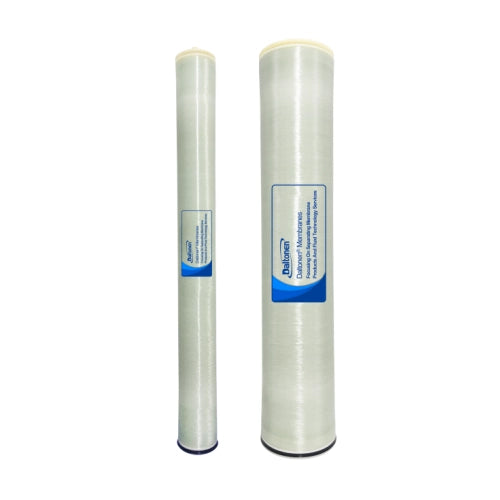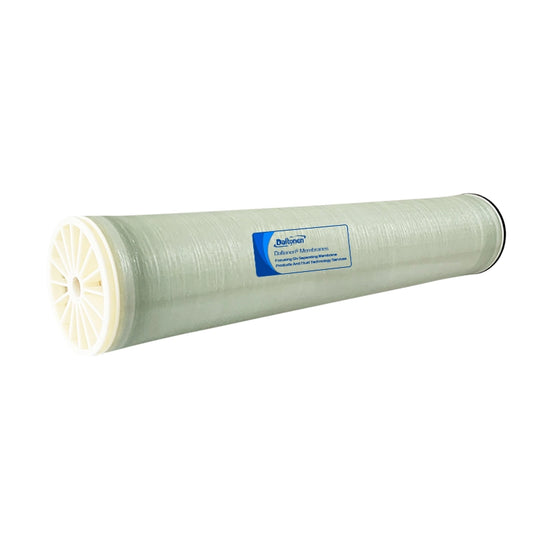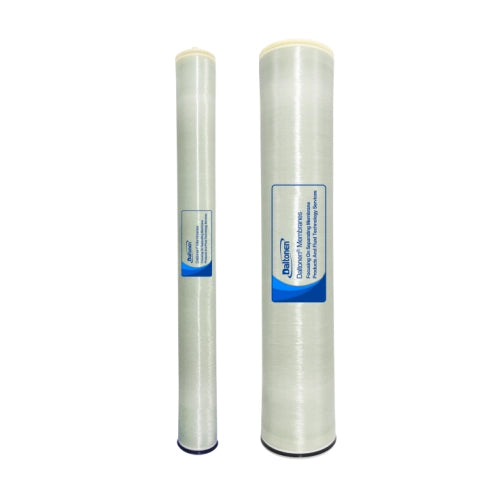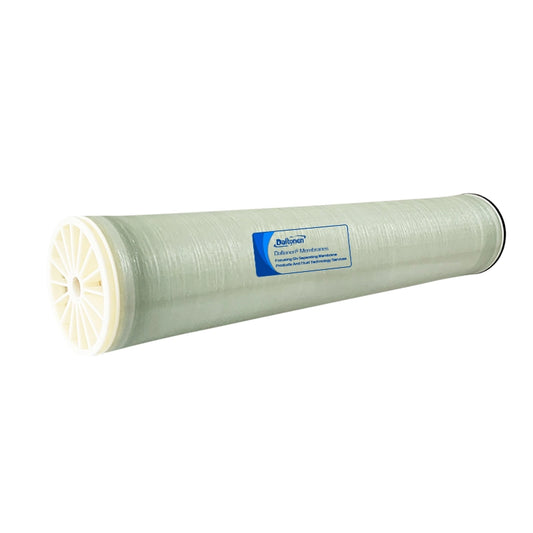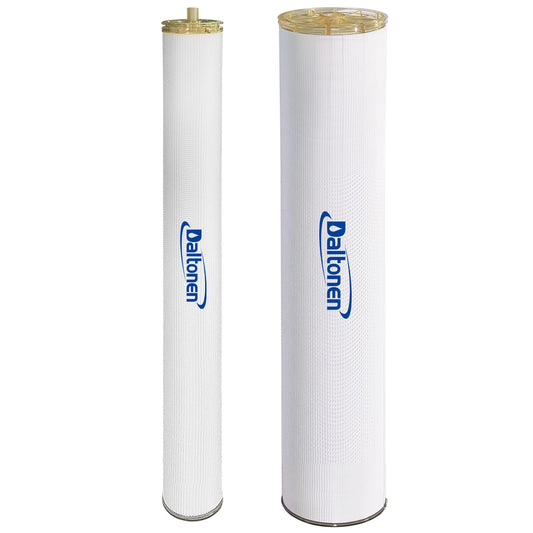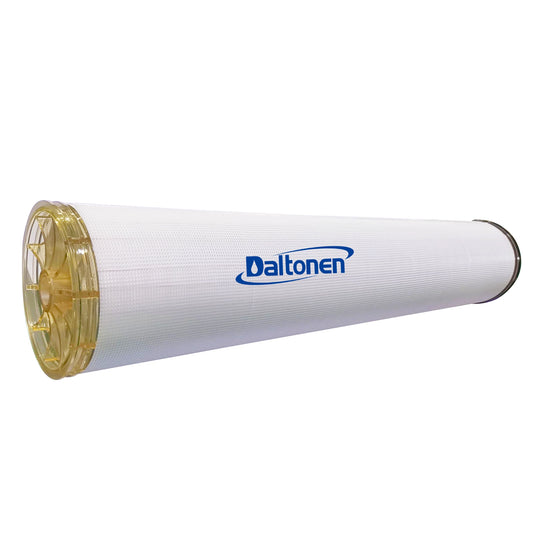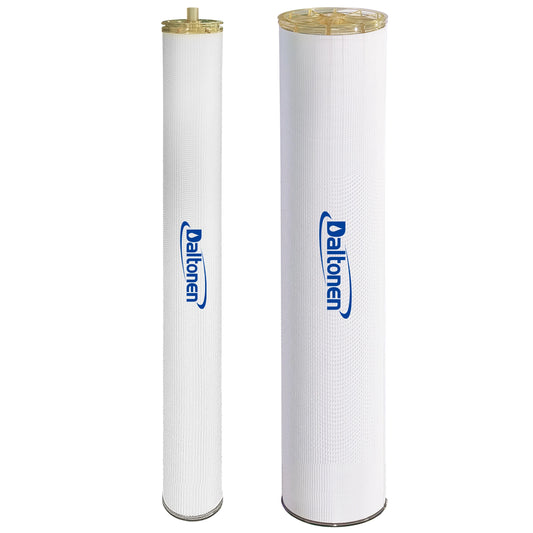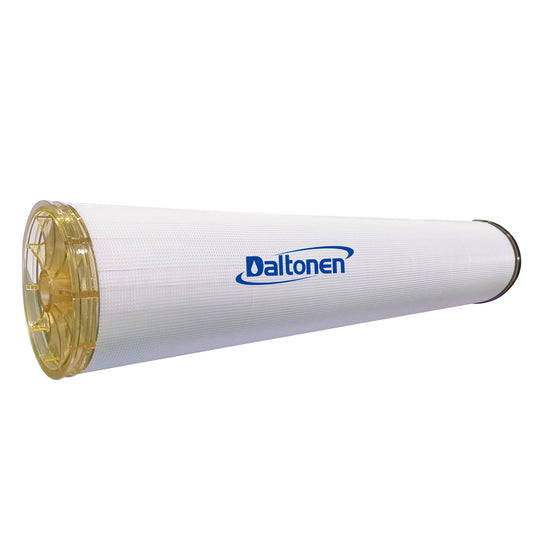Process Design Scheme for Bottled Water Production Using Reverse Osmosis Membrane Technology
Process Design Scheme for Bottled Water Production Using Reverse Osmosis Membrane Technology
1.0 Design Basis and Objectives
-
Source Water: Municipal tap water or groundwater (a detailed water analysis report is required).
-
Product Water Standards: Strict compliance with "National Food Safety Standard for Packaged Drinking Water" (GB 19298-2014) and "Hygienic Standard for Purified Drinking Water" (GB 17324-2014).
-
Key Parameters: Conductivity ≤ 10 µS/cm (typically achievable: 1-5 µS/cm), Total Organic Carbon (TOC) ≤ 0.5 mg/L, with non-detectable levels of microorganisms and heavy metals.
-
-
Core Process: Pretreatment + Reverse Osmosis (RO) + Post-Treatment & Sterilization
-
Design Philosophy: Utilize RO membrane as the primary barrier for absolute water safety, with post-treatment conditioning to improve taste.
2.0 Detailed Process Flow Description
The following flowchart clearly illustrates the complete process from raw water to finished bottled water, highlighting the critical steps for taste adjustment.
flowchart TD
A[Raw Water] --> B[Raw Water Tank];
B --> C[Raw Water Pump];
C --> D[Multi-Media Filter];
D --> E[Activated Carbon Filter];
E --> F[Cartridge Filter<br>5μm];
F --> G[RO High-Pressure Pump];
G --> H[Reverse Osmosis RO Unit];
H -- Concentrate --> I[Recycle or Discharge];
H -- Permeate --> J[RO Permeate Tank];
subgraph TasteAdjustment[Taste Adjustment & Sterilization]
J --> K[Taste Adjustment<br>Ozonation or Mineral Filter];
K --> L[UV Sterilizer];
L --> M[Microporous Filter<br>0.22μm];
end
subgraph Filling[Bottling]
M --> N[Bottling Line];
end

Step-by-Step Process Explanation:
1. Pretreatment System (Critical for RO Membrane Protection)
-
Purpose: To thoroughly remove substances from the source water that could foul or damage the RO membrane.
-
Multi-Media Filter: Filled with quartz sand, anthracite, etc., to remove suspended solids, colloids, and sediment, reducing turbidity.
-
Activated Carbon Filter: Core Pretreatment Unit. Primarily adsorbs residual chlorine, organic matter, color, and odor. Residual chlorine is detrimental to polyamide composite RO membranes and must be removed completely.
-
Cartridge Filter (Security Filter): Equipped with 5μm melt-blown PP filter cartridges, acting as the final safety barrier to capture any fine particles that may have passed through previous stages.
2. Core Desalination System - Reverse Osmosis (RO)
-
Purpose: Removes 97-99% of dissolved salts, ions, organic matter, bacteria, viruses, and colloids. This is the core process for producing purified water.
-
Operation: A high-pressure pump provides the required pressure (typically 1.0-1.5 MPa) to force water molecules through the semi-permeable RO membrane, while contaminants are retained and discharged as "concentrate."
-
Permeate Quality: Conductivity can be reduced to 1-5 µS/cm, meeting purified water standards.
3. Post-Treatment and Taste Adjustment (Enhancing Product Quality)
-
Purpose: RO permeate is extremely pure but can taste flat or bland. Taste adjustment is necessary for consumer acceptance.
-
Common Methods:
-
Ozonation: Injecting a controlled dose of ozone (O₃). Ozone acts as a powerful disinfectant, and the residual oxygen can slightly improve the mouthfeel, making the water taste crisper.
-
Mineralization Filter: Passing the RO water through a filter containing natural minerals (e.g., maifan stone, biotite) or specific mineral blends. This allows for the controlled release of beneficial minerals like potassium, sodium, calcium, magnesium, and metasilicic acid. This method offers precise control and is preferred for premium bottled water.
-
-
Sterilization & Microbial Control:
-
UV Sterilizer: 254nm ultraviolet light effectively inactivates microorganisms potentially present in the water.
-
Microporous Filter: A final 0.22μm (or 0.1μm) absolute-rated filter provides terminal sterilization, ensuring biological safety prior to bottling.
-
4. Bottling System
-
The conditioned purified water is transported via a closed piping system to the fully automated bottling line for bottle blowing, filling, and capping.
3.0 Key Equipment List and Brief Specification
|
System Unit |
Core Equipment |
Function & Requirements |
|---|---|---|
|
Pretreatment |
Multi-Media Filter, Activated Carbon Filter, Cartridge Filter |
Provides RO feed water meeting specifications: SDI<5, Residual Chlorine<0.1 mg/L. |
|
RO Skid |
High-Pressure Pump, RO Membrane Vessels, RO Membrane Elements (Low-Energy Brackish Water), Control Panel |
Core desalination unit. System recovery typically set at 65-75%. |
|
Post-Treatment |
Ozone Generator + Mixing Tower, or Mineral Filter, UV Sterilizer, 0.22μm Filter |
Adjusts taste and provides final sterilization assurance. |
|
Cleaning System |
CIP Cleaning Pump, Cleaning Tank |
Performs periodic chemical cleaning of RO membranes to restore performance. |
4.0 Scheme Characteristics Summary
-
Safe and Reliable Water Quality: The RO membrane acts as a highly effective physical barrier, removing the vast majority of contaminants, ensuring consistently compliant water quality.
-
Adjustable Taste: Post-treatment mineralization or ozonation allows for the production of water with superior taste, better meeting market preferences.
-
Economical Operation: The system is highly automated, easy to operate, with running costs primarily associated with power consumption and membrane replacement.
-
Regulatory Compliance: The entire process fully complies with national production规范和 and hygiene requirements for packaged drinking water.
Important Note: This is a generic design. For actual projects, detailed engineering and equipment selection must be based on the specific source water analysis report. Pretreatment may require adjustment (e.g., adding a softener for high-hardness water).
